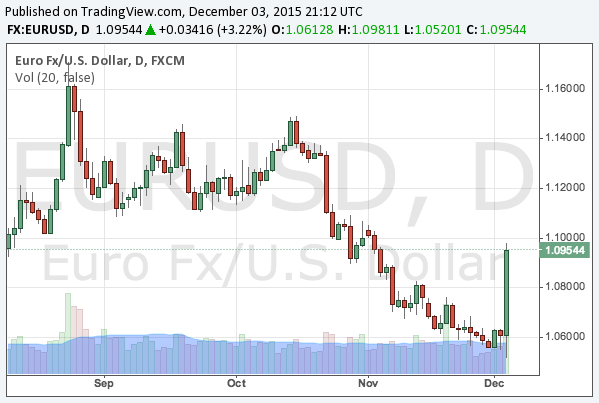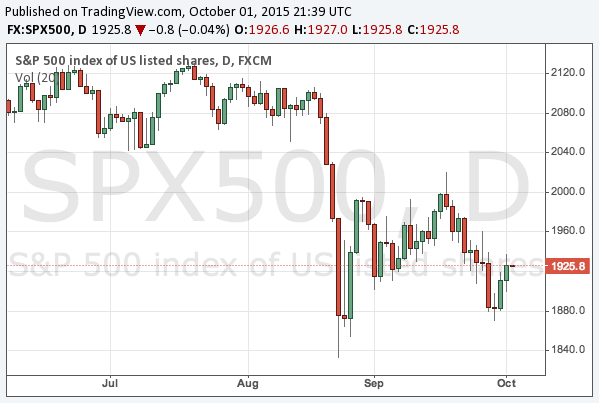The dollar will fall, and the yen will strengthen in 2016. The Fed could not continue to raise rates, and the strong yen will be back again as the Bank of Japan’s monetary expansion is now limited.
There might be a number of investors who still bet on the yen’s fall due to Abenomics, but we recommend to reconsider. We even recommend to buy the currencies under quantitative easing, such as the yen or the euro. Here are the reasons.

